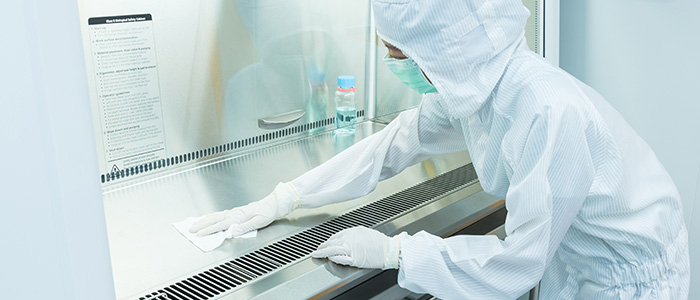
Background
Semiconductor Equipment Manufacturers International (SEMI), in its latest ‘World Fab Forecast’ report projects that the worldwide semiconductor industry will invest more than $500 billion in 84 volume chipmaking facilities by 2024. In the U.S. government subsidies by the CHIPS and Science Act have fostered the construction of 18 new facilities from 2021-2023 [1].
In the U.S. the Chips and Science Act has facilitated the launch of over 40 new semiconductor ecosystem projects, spurred nearly $200 billion in private investments across 16 states, and provided for approximately 40,000 new jobs in semiconductor production [2].
And the reported persistent (and worsening) shortage of semiconductor chips remains a top supply chain risk looking forward into 2023. Material shortages, followed by COVID-19 and transportation/logistics issues, as well as rising energy costs, container shortages, port congestion, natural disasters, and trade wars have and continue to negatively impact the ready supply of chips [3].
Why Should I Care?
These insights highlight the critical need for cleanrooms to maintain an impeccable level of cleanliness to support high-yield production and reduce the risk of defects. In fact, SEMI reports that over 50% of yield loss can be attributed to micro-contamination.
Micro-contamination control, in this light, becomes less of an SOP and more of a COP (critical operating process). Semiconductor manufacturers cannot tolerate these yield losses given the current economic and supply chain environment.
Yield optimization has long been regarded as one of the most critical, yet difficult to attain goals. The semiconductor manufacturing facility that consistently and effectively manages micro-contamination not only achieves higher yields, they also enjoy a dependable competitive advantage.
Aren’t All Supplier Wipers, Swabs, and Mops Essentially the Same?
There is a plethora of micro contamination control solutions on the market. When stacked next to each other, they often look the same, so one might think that any brand will do a good enough job or wonder if there are any remarkable differences. Yes, there are differences and no, all cleanroom cleaning products are not the same.
Below are some key points to consider as you evaluate and choose the best cleaning solutions for your semiconductor operations:
- The Application. Maximum yield optimization demands attention to details. A wiper or swab that performs very well on a smooth surface to distribute a cleaning agent may be a poor choice for cleaning jagged or rough edges or absorbing fluids. Choosing the right material to achieve the best surface cleanliness is critically important. The brand you choose for your cleanroom should understand these differences and be able to recommend the most appropriate solutions for your needs.
- The Technical Expertise. While choosing the ideal delivery or removal system for a specific application is critically important to increasing your yields, so too is ‘support after the sale’. Your supplier should be an expert in your industry and have a clear understanding of the various cleanroom areas you utilize, the equipment and surfaces you use, and the unique challenges that are associated with them. If you have questions, you should be able to get quick and reliable answers.
- Flexibility and Scalability. Turn-around time to provide you with the products you need should be consistent and dependable. Requests for customization should be a smooth and reasonable process. The supplier you choose should balance innovation and responsiveness to ensure you receive the best quality products available.
- Innovation and Resourcefulness. Technology and technique change with time as do supply and demand dynamics. The brand you choose for your cleanroom should be dedicated to testing and innovating new methods, materials, and solutions that remain compliant and competitive. Choose a brand with a proven track record for innovating to solve problems that meaningfully and continuously improve your KPIs (key performance indicators).
Quick Takeaways for Semiconductor Cleanroom Contamination Control Professionals
- 50% of yield loss is caused by micro-contamination that can be controlled. Partner with a cleanroom cleaning solutions provider who understands your environment and the challenges you experience.
- Choose the wiper, swab, or mop made of material engineered to effectively remove surface contamination for your specific process or application is critical for optimizing yields.
This content is hosted by a third party (youtube.com). To view external content you must agree to cookies.
- Teknipure is your contamination control solutions supplier. We have the solutions, expertise, flexibility, and capability to meet your needs.